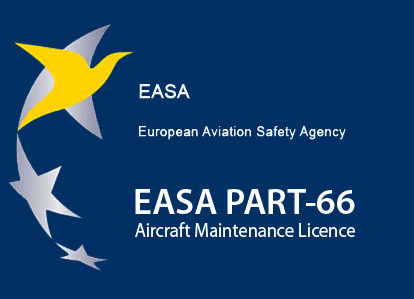The most common emergency landings
Despite common portrayal in the movies, emergency landings are rare phenomena in the aviation industry. An emergency landing can happen as a result of several factors, which could be caused by latent and/or active failures.

Latent failure is described as a failure caused by the planning system, such as airline management or maintenance procedures.
Active failures could also be described as pilot or operator error; these are the errors directly caused by the system or equipment operator, such as pressing the wrong button.
Below are descriptions and examples of the most common emergency landings:
Wheels-Up Landing (Belly Landing)
When a plane lands with the wheels up/retracted, using the belly of the aircraft instead. Some factors that may contribute to a belly landing are mechanical failure (the gear can not be pulled out) or pilot error (forgot to pull out the landing gear) (Wikipedia, 2006). In other instances, such as during a water landing or landing off a prepared surface due to engine failure, fuel starvation etc. a pilot may elect to land with the wheels up. On a rough surface or water landing, the aircrafts belly may act as a skid for the landing, whereas in these situations having the wheels down may cause the aircraft to ‘dig in’ or flip over.
Water Landing (also known as ditching)
One option for the pilot of an aircraft experiencing engine failure(s), fuel starvation or exhaustion, or other emergencies which require the aircraft to be landed immediately, is a water landing. Water landings may offer a flatter, obstacle-free surface that will allow the aircraft to decelerate more slowly than land-based emergency landing. An aircraft landed successfully on the water will often remain afloat for some time due to design and the buoyancy provided by fuel tanks etc. Pilots receive briefings and simulator training (in the airline environment) on how to carry out water landings. Many such landings are survivable, but the continued success of a safe landing is dependant on the post-accident actions, such as the use of floatation devices (correctly- inflate AFTER or as leaving the aircraft) and rescue.
Hard Landing
A hard landing is not specifically an emergency, although it may result from an emergency situation. A hard landing happens when a plane uses steep descent on final approach to touchdown. In some cases, the plane may bounce back into the air before it finally lands on the runway. Aviation Glossary (2009) defines the terms as “an event during landing that results in excessive G-forces being transmitted into the structure of the aircraft”. A hard landing may have one or more of several potential outcomes: pilot embarrassment, a heavy landing engineering inspection, burst tires, structural damage or even structural failure of the aircraft resulting in an insurance write-off or catastrophic destruction.

Dead-stick Landing
A dead-stick landing occurs “when an aircraft loses all of its propulsive power and is forced to land. Although this situation is generally categorized under emergency landing for most aircraft, some gliders and display pilots carry out dead-stick landings as their normal landing technique. This type of landing is rarely experienced by commercial aircraft and if it does occur it is classified as an emergency landing.
Crash Landing
A crash landing is one of the most dangerous types of landings, as the impact and deceleration forces experienced in this landing are normally enormous. Pilots are not generally trained to ‘crash land’ but a crash landing may occur when the pilot does not have time, experience or the level of control required to achieve a better result. Simulator and flight training is designed to teach the best procedures to avoid and minimize the effects of an actual crash but when it comes to the real situation, the results may not always meet the theoretical target.
Go-around/Missed Approach (Near-miss Landing)
A go-around is a description given to the act of aborting a landing attempt. When this happens, pilots will often have another attempt at the approach and/or landing. There are many situations where a missed approach is required, such as obstructed runway, too close to the aircraft ahead, poor configuration (gear up, wrong flap, wrong speed), wind shear, etc. Pilots are trained to monitor for these situations and are expected to go-around if they occur. However, an approach may become dangerous when the pilots do not realize one of these situations exist and they believe that the plane is still on the right approach.
Precautionary Landing
This type of landing is to prevent bad situations from becoming worse. During a precautionary landing, the pilot elects to land away from the intended destination or an otherwise prepared landing area. The pilot will assess a location for suitability- surface, length, slope, obstacles, etc before carrying out a landing. This type of landing is also part of the assessment when the pilot applying for their licenses.
To know more click here
For related post click here



